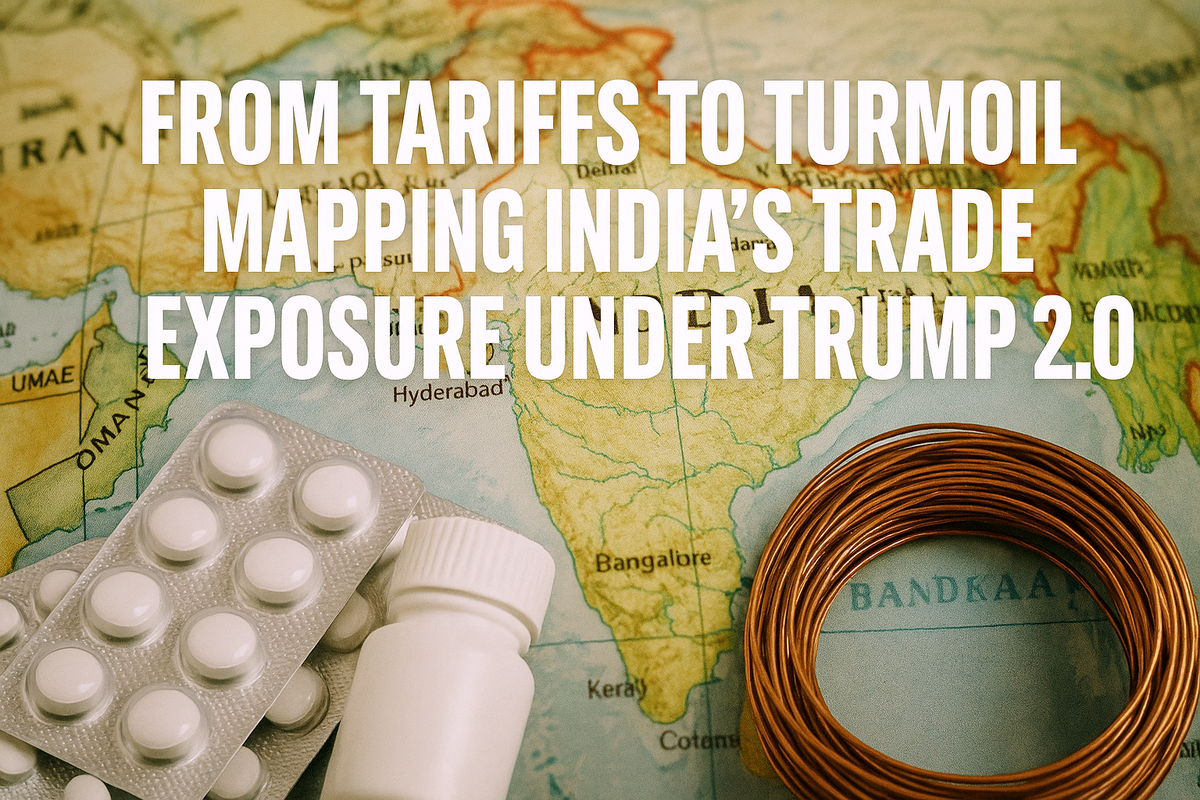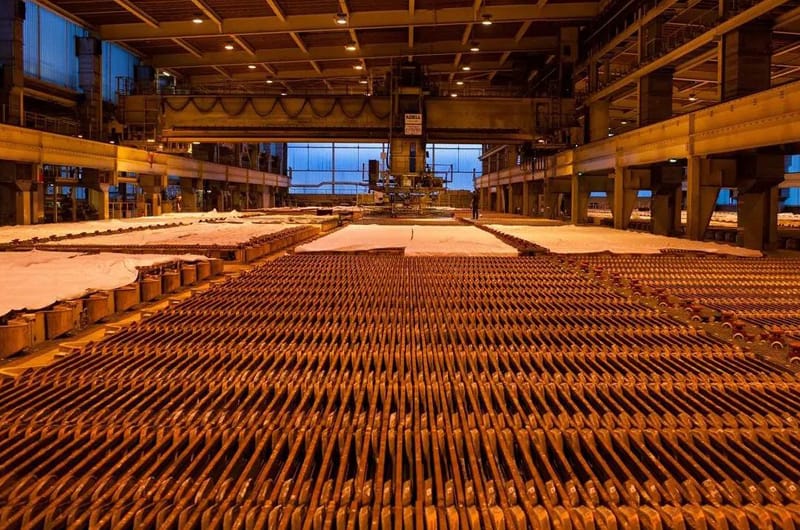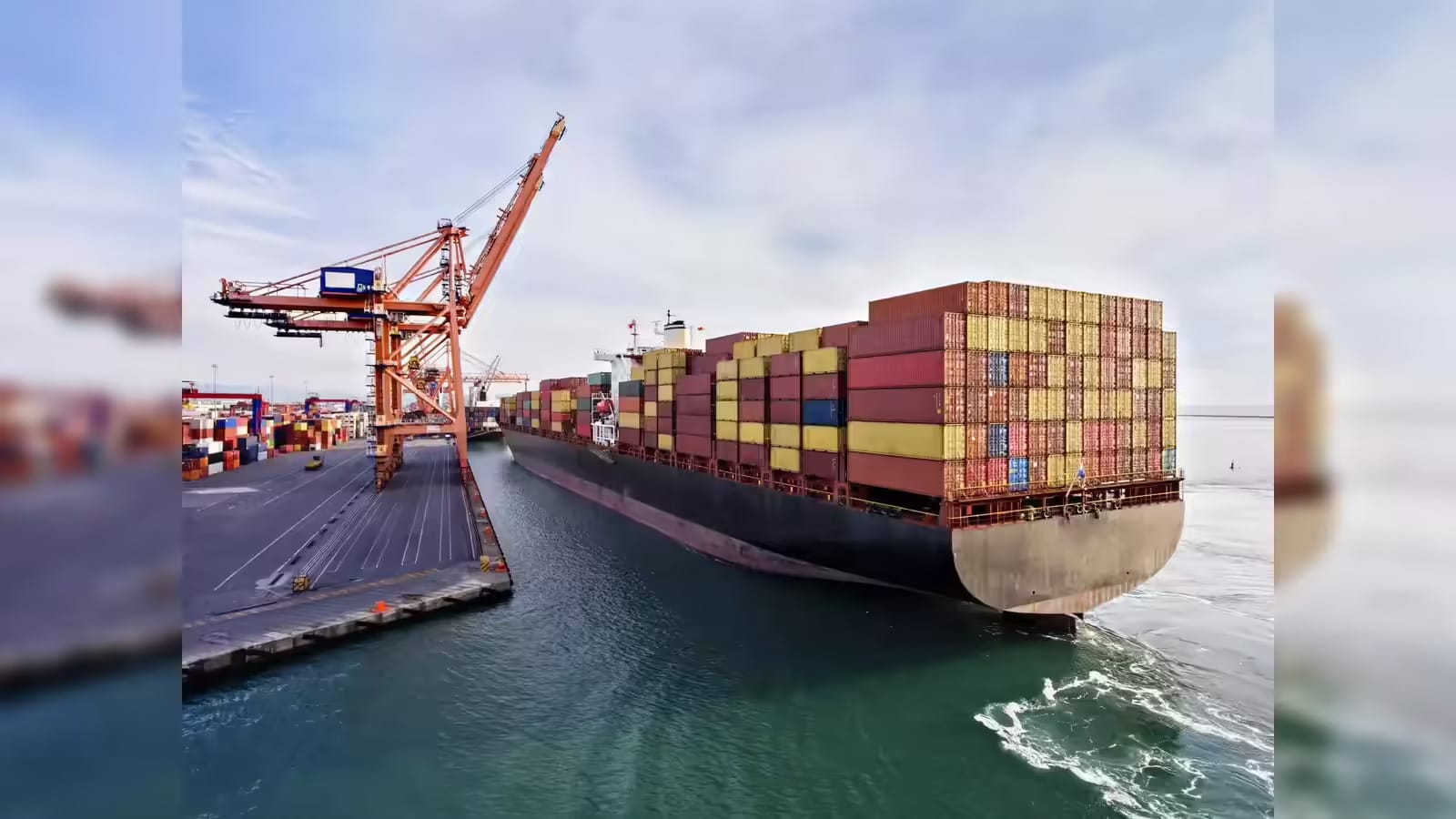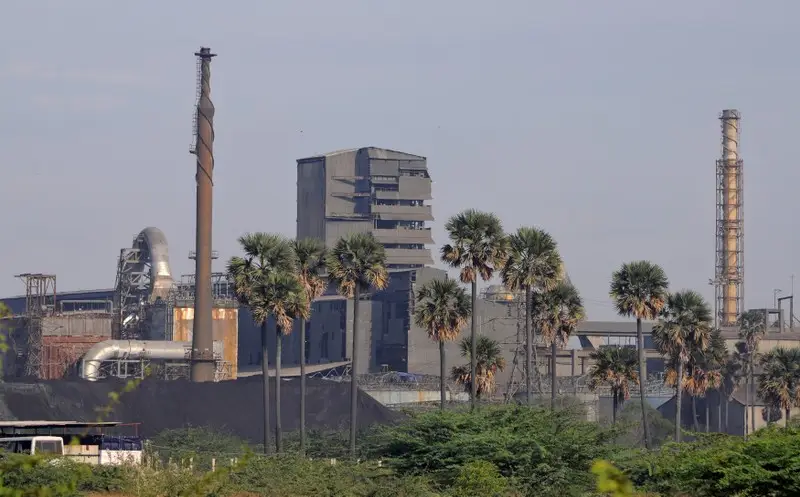Trump’s 2025 Tariff Tsunami: Why Indian Medicines and Copper Are in the Crosshairs
Trump’s proposed 200% pharma & 50% copper tariffs threaten India’s pharma exports and metal sectors, potential supply shocks, trade fallout, and strategic pivot ahead.

NEW DELHI, July 10, 2025
A Tumultuous Trump Era Trade Blitz
In early July 2025, former President Donald Trump announced a drastic new trade policy. Analysts describe it as a 200% tariff on pharmaceuticals and a 50% tax on copper imports. This action aims to “reclaim American industry.” It threatens to disrupt two major export sectors in India, which could harm economic stability and affect global supply chains.
Trump’s announcement came after months of rising ‘Liberation Day’ tariffs and new Section 232 investigations into mining, metals, and drugs. The new policy is set to take effect on August 1, no extensions will be granted.
Pharmaceuticals: The Pharmacy of the World Under Siege
India has become the world leader in generics. In 2023, it exported over US$27 billion in pharmaceuticals, with North America and Europe accounting for more than half. Exports to the U.S. alone rose to about $9 billion in 2023 and increased again in FY 25, now making up around 40% of India’s pharma shipments.
A 200% tariff would effectively block access for Indian exporters in the U.S. market. Pharma stocks on Indian exchanges dropped sharply after Trump’s announcement.
Global Supply, Local Pain
India supplies essential medicines like antibiotics, cancer drugs, HIV treatments, and heart medications to the U.S. generic supply chain. A sudden 200% surcharge would lead to:
- Higher drug costs for U.S. consumers
- Shortages of essential medications
- Disruption in pricing and insurance models
An ING Bank study indicated that a 25% pharma tariff could increase the cost of a 24-week cancer treatment by $10,000. At 200%, the situation becomes dire and destabilizing.
Knock-On Impact on Indian Manufacturing
India could lose over $8 billion in U.S. pharma exports. Many producers may stop operations aimed at the American market. Although diversifying into the EU and Africa is possible, declining profit margins and underused capacity are likely.

Copper: Struck in a Trade Crossfire
While India is not the largest copper supplier to the U.S., it still exports about $360 million of refined copper, representing about 17% of its total copper sales. Trump’s 50% tariff on copper has already driven up futures prices by over 12–13%.
Why the U.S. is Targeting Copper
Copper is critical for electric vehicles, energy infrastructure, and defense. Trump claims shipments from India include Chinese materials disguised through Indian smelters, although proof of this is unclear. The new tariff could severely cut profit margins and disrupt supply.
Indian companies like Hindalco and Vedanta may see their export volumes drop, leading to more underutilization of smelting facilities and affecting broader “Make in India” objectives.

Key Data Points for Impact
| Metric | Value | Implication |
|---|---|---|
| Pharma exports to U.S. | ~$9–10 billion, ~40% of India’s total | Sudden exclusion = massive gap |
| Copper exports to U.S. | ~$360 million, 17% of ₹2 billion total | Cover for national security rationale |
| Copper futures reaction | +13% | Market expects a sharp supply constraint |
A Strategic Trade Turning Point
Unlike the previous tariffs on China’s electronics and textiles in 2018-19, the 2025 tariffs focus on India, a close ally with strong trade connections. By targeting pharmaceuticals and copper, the U.S. seems to aim at undermining India’s economic benchmarks rather than simply reducing the trade deficit.
The U.S.-India bilateral trade deficit is about $45 billion. This move does not fix that issue but seeks to maximize political impact in the U.S.
The stakes are higher now: India, unlike China, relies heavily on the U.S. market and lacks diversified trade routes.
Where India Stands: Political and Economic Chessboard
Under the Biden administration, there hasn’t been a defense against these Trump-era policies, leaving India in a tough diplomatic position. With Trump enforcing a tight August 1 deadline, there is little time for resolution.
India's options are:
- WTO litigation, which is hampered by a stalled Appellate Body.
- Forming trade alliances to create tariff-free areas with the EU, UK, and Australia.
- Rethinking export strategies to focus on Africa, Latin America, and ASEAN.
India's Commerce Ministry has announced it is “studying the impact” and considering talks between Modi and Trump to double trade to $500 billion by 2030.

Corporate Hedging and Survival Strategies
Pharma firms might:
- Set up manufacturing in the U.S. (though this is costly and time-consuming)
- Fast-track entry to the EU, Africa, and Latin America
- Partner with U.S. companies to maintain access
Metal companies could:
- Shift focus to domestic infrastructure needs (like electric vehicles and energy grids)
- Find buyers in countries with tariff exemptions (like Chile and Canada)
- Utilize copper futures and derivatives to manage price fluctuations.

Final Takeaway & Strategic Imperatives
This is a significant escalation and marks a shift in the U.S.-India trade relationship. India must quickly and skillfully respond by pushing for trade agreements, building diverse export routes, protecting key industries, and strengthening diplomatic and legal strategies to counter these unilateral actions.
India’s Crucial Next Move
Is India ready to move away from its reliance on the U.S., or will it try to improve relations with Washington?
What do you think?
Should India enhance its WTO defenses or focus on free trade agreements with the EU, UK, and ASEAN?
Are pharma and metal companies able to shift responsibly to other markets, or do they need urgent support from the government?
How could this tariff shock change India's future as a global leader in generics and manufacturing?
Your thoughts are important. Please share your views below.
Sources
- Reuters, WSJ, Economic Times: Tariff announcement details, copper price reactions, pharma export impact (reuters.com , wsj.com, m.economictimes.com)
- Livemint, Indian Express, Rediff: Indian pharma export data, copper shipment trends, sectoral analysis (livemint.com, indianexpress.com, money.rediff.com)
- Business Insider, Bain, Investopedia: Industry insights, tariff cost projections, pharma policy context(bain.com, investopedia.com, businessinsider.com)
- WTO, Wikipedia, NDTV: Dispute mechanisms, trade law backdrop, Trump-era policy documentation (wto.org, en.wikipedia.org, ndtv.com)
- Hindustan Times, Times of India, Press Institute: Political reactions, corporate responses, image sourcing (hindustantimes.com, timesofindia.indiatimes.com, pressinstitute.in)
- Reuters (images): Codelco-Adani partnership, Sterlite plant, Savannah port visuals (reuters.com)




